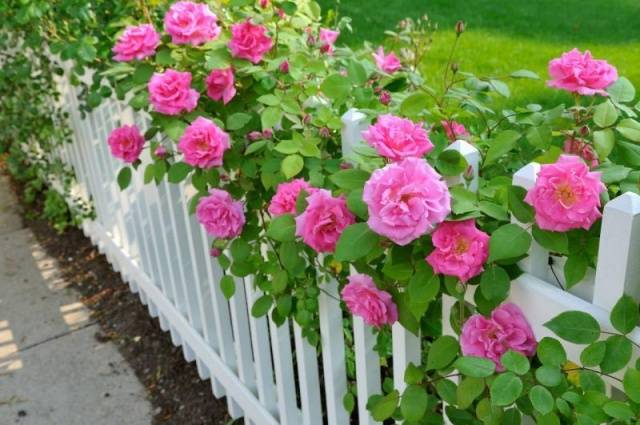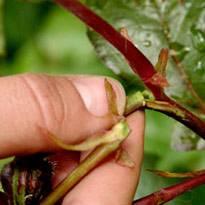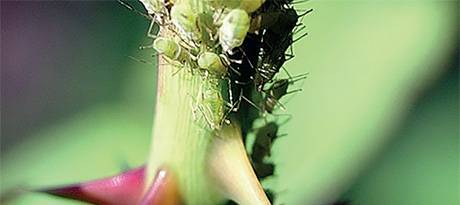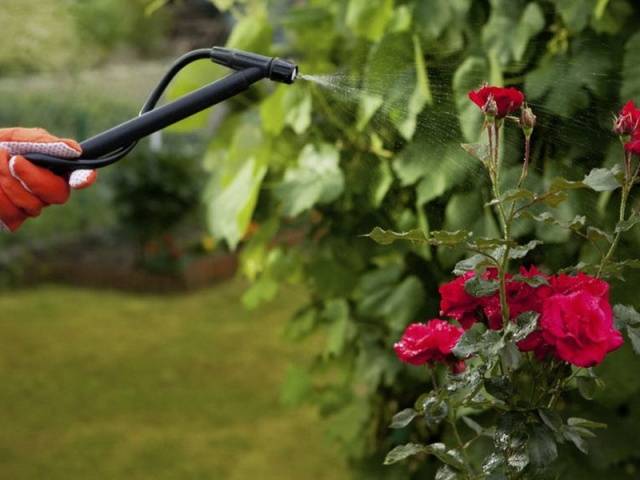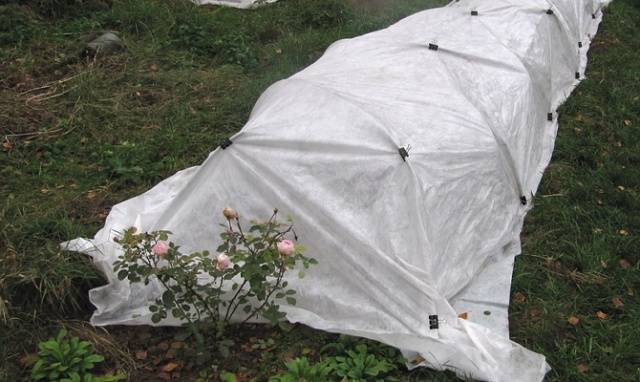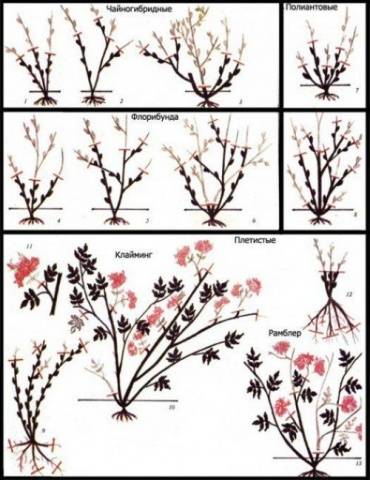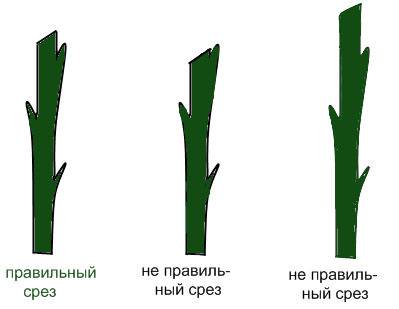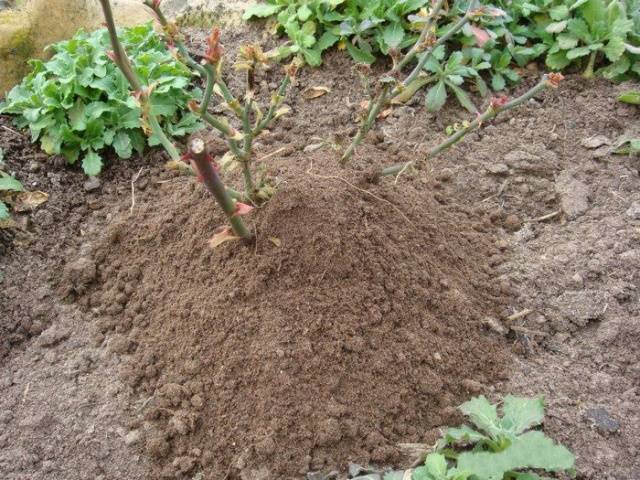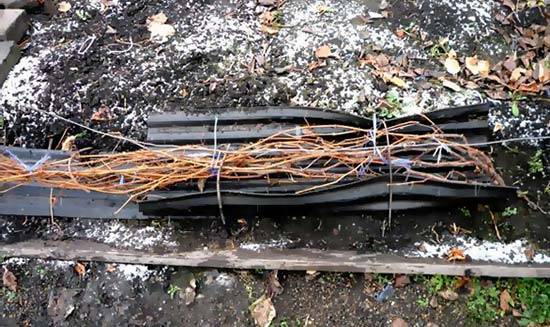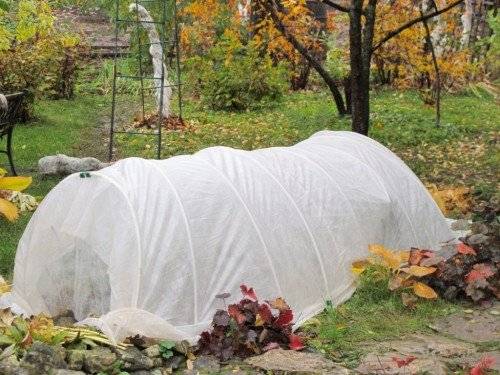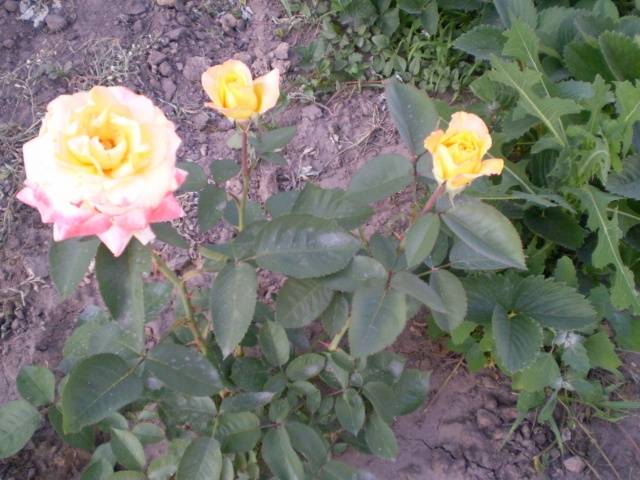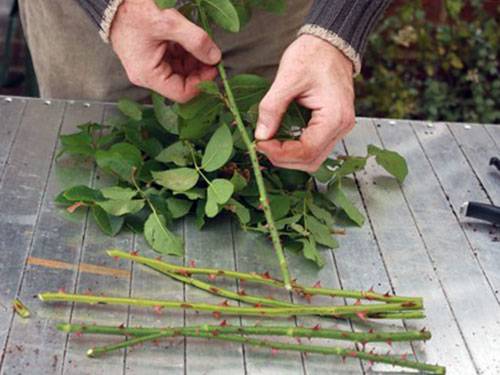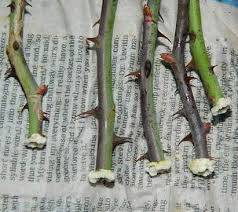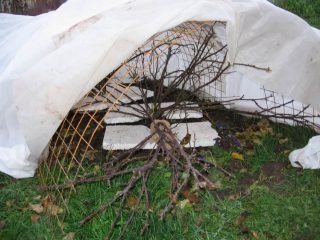Content
No one will argue with the statement that the queen of flowers in the garden is the rose. Each of her flowers is a miracle created by nature, but with the help of the caring hands of a florist. Roses require careful care and, with the exception of a few species, are not able to withstand frosty winters without reliable shelter. What do garden roses expect from a gardener in the fall? The main task is to properly prepare them for wintering and provide protection from frost.
Preparing roses for winter
The peculiarity of roses is that they are unable to stop growing on their own by autumn. Therefore, the gardener will have to encourage the rose to do this. And the process should begin long before the onset of cold weather. What do I need to do?
- Already in August, stop feeding the bushes with nitrogen-containing fertilizers, and it is better not to do this from mid-July. But feeding rose bushes with superphosphate and potassium salt is an essential part of care. In mid-August, add a teaspoon of superphosphate and potassium sulfate under each bush and lightly embed them in the ground. Potassium chloride is not suitable for these purposes - chlorine strongly inhibits the root system of roses.
- From the beginning of September, do not loosen or dig the soil under the bushes.
- Do not allow new shoots to grow and slow down the growth of old branches so that they mature.To do this, stop pruning faded shoots of roses. Let the seeds form. And if the shoots suddenly decide to bloom, do not cut them out, so as not to stimulate growth, but simply bend the bud at the base and then the growth of the shoot will stop, and there will be no flowering. It would be a good idea to pinch actively growing shoots of roses.
- Reduce watering rates. It is only possible when the weather has been dry for a long time. If autumn is rich in rain, stretch a film over the bushes and thereby stop the access of moisture. You can also dig drainage ditches near the bushes.
- Free rose bushes from accumulated parasites - aphids, sawflies and other pests by applying an insecticide. Bushes should be sprayed in dry and windless weather.
- Caring for roses at this time also includes removing diseased leaves and shoots. Healthy leaves from the bushes are removed immediately before sheltering, so as not to provoke the growth of new leaves from dormant buds.
- If under the rose bushes appeared weeds or there are still flowers that were specially planted, they need to be removed.
- It would also be useful to spray the shoots to the entire height of future hilling with copper-containing preparations. Grab some of the shoots slightly above this level.
With the beginning of October, the first frosts usually come. If the temperature does not drop below minus 6 degrees, there is nothing to worry about. Such frost will not harm garden beauties, and will even be useful. The rose must undergo a certain hardening before being covered. But the approach of a serious cold snap is a signal that the time has come to create shelter for the roses for the winter. We'll tell you how to do this step by step.
Stages of winter shelter for roses
Different types of this delightful flower respond to frost differently. The most resistant roses are those of Canadian selection and park roses.Manufacturers only recommend sprinkling the base of the rose bush for insurance, claiming frost resistance down to -40 degrees. But in fact, it would not be superfluous to organize minimal shelter for these varieties. Other types require thorough insulation.
Traditionally, roses are covered with spruce branches. But practice has shown the unreliability of this shelter in the event of severe frosts with little snow. And now there are so many roses planted that you can simply destroy coniferous forests by cutting off the prickly paws. The abundance of modern covering materials makes it possible to do without the barbaric extermination of pine trees.
Where should you start covering roses for the winter?
- We remove all leaves and immature shoots; they can be recognized by their bright green color and soft structure. It is better to do this in several stages, starting from the bottom of the bush, so as not to weaken the plant.
- Whether it is necessary to prune healthy shoots of a rose - each gardener decides for himself. There are many both supporters and opponents of this operation. Everyone has their own reasons. We can only talk about the pros and cons of pruning rose shoots. Pros: trimmed bushes are easier to cover, the remaining part accumulates more nutrition and improves protection against infection. Disadvantages: pruning stimulates dormant buds and during a strong thaw they can bloom, and with further cooling they can die.
- If you still decide to prune, then you need to know that hybrid tea and polyanthus roses and floribunda are cut to half the height of the bush. For climbing and semi-climbing roses, the branches are shortened only slightly, since the main flowering next year will be on last year's shoots. The most difficult thing is with scrubs. If you don’t want to cut them down to 40 cm, you will have to gradually bend the shoots to the ground.Heavy pruning of scrubs will delay their flowering next year. Polyanthaceae and miniature roses There is no need for pruning at all, you just need to clear the bushes of leaves and wilted flowers.
Scheme for pruning different types of roses
- Timing for pruning rose bushes depend on the outside temperature. It is undesirable to do this in frosty weather - the shoots become fragile. The weather should be dry, preferably sunny.
- Trimming technique: the cutting tool must be sharp, disinfected with alcohol, the cut is made at an angle of 45 degrees.
- The cut areas are coated with varnish, and the plant itself is sprayed with a solution of copper sulfate.
- We fill the rose bushes to a height of up to 30 cm with any of the following materials: soil, peat, humus, sand so that a hill is formed near the stems. Low-pruned rose bushes fall asleep completely. The substrate for backfilling should only be dry and loose. Make sure it stays that way until the shelter.
- Gradually, over several days, we bend the thick shoots to the ground. This should not be done in frosty weather - the branches become fragile and may break.
- Rose shoots should not just lie on the ground. Under them you need to put a material that does not allow moisture to pass through so that the bushes do not dry out. Boards, plywood, plastic or foam sheets are suitable.
- When the rose bushes are fully prepared and stable frosty weather with slightly negative temperatures has established, a dry air shelter is built. First, the bushes are covered with any non-woven covering material, then arcs or wooden frames are placed and a film is thrown over them. In areas with harsh climates, you can additionally insulate the structure with cardboard.There should be a gap of about 10-15 cm between the film and the covering material for air circulation. Be sure to leave holes at the bottom so that the structure can be ventilated during mild frosts and thaws.
Autumn pruning can be combined with rose propagation.
Don't be surprised, roses can be propagated in the fall. Of course, the best results are obtained if you do this in the middle of summer. But at this time it is necessary to cut off the flowering stem, which affects the decorativeness of the plant. In the fall, after pruning, many unnecessary shoots remain, from which it is easy to cut excellent cuttings for propagation. From such cuttings you can grow beautiful self-rooted rose seedlings. True, these bushes require more care and attention in the first three years of development, but the plant itself will be more stable and durable.
What roses can be propagated by cuttings?
The least number of attacks will occur if you take cuttings from miniature, polyanthus and ground cover roses for propagation. Climbing roses are also suitable for this, but only with small flowers. The situation is worse with floribundas - only half of the planted cuttings will take root. And the survival rate of cuttings of hybrid tea, park and large-flowered climbing roses is very bad. But you still need to try. Perhaps you will be lucky and eventually be able to propagate beautiful and rare varieties of roses.
How to take cuttings correctly
Choose only healthy shoots the thickness of a pencil or thinner. The length of the cuttings should be about 20 cm. The presence of 3-4 buds in the upper part on each cutting is mandatory. The cuts are made with a sharp knife, which should be disinfected. The upper cut is always straight, and the lower one is at an angle of 45 degrees.
Autumn propagation of roses
For this purpose, cuttings are planted immediately or saved until spring. There are several ways to do this.
- The simplest thing is to leave the cut shoots under the bushes, and in the spring, cut cuttings from them. They are preserved well under winter shelter. But the risk of losing cuttings is quite high, and in the spring all planting procedures will have to be done very quickly.
- A more reliable way is to build a special greenhouse for the cuttings - a cutting house. We make a hole in the ground about 30 cm deep. Place a layer of fresh grass in it, 20 cm thick, which will provide heating for the cuttings from below. The grass, when rotting, gives warmth. Cover it with a layer of rotted compost mixed with peat. The top layer, about 1 cm thick, is river sand. We stick the cuttings 2/3 of the way into well-moistened soil at an angle of 45 degrees. We build a small frame from scrap materials and cover it tightly with film. There should be no gaps between the film and the soil. For insurance, we cover the greenhouse with spruce branches.
- If you don’t have time for such a construction, you can do it differently and just save the cuttings in the ground until spring. To do this, we make a recess of the required size in it. Its depth should be approximately 15 cm. We place covering material in the recess; even old material will do. It should be of such a size that the cuttings can be covered from above. We lay out the cuttings so that they do not touch each other and cover them with the ends of the covering material on top, sprinkle with earth. Be sure to mark the storage location of the cuttings with a peg.
Spring planting of cuttings
If autumn cuttings were not planted in the cuttings, in the spring this must be done as soon as they were taken out of the shelter. As a rule, during this time the cuttings have formed callus, so there will be no problems with rooting.
If well-preserved cuttings have not formed it, they need help and speed up the process rooting using a root formation stimulator. To do this, the lower end of the cutting is dipped in a root formation stimulator or kept for several hours in its solution. Plant them in good soil, choosing partial shade. The cuttings should be 2/3 immersed in the soil and planted at an angle of 45 degrees with a slope to the north.
Further care of the planted cuttings consists of daily ventilation and keeping the soil moist. After rooting, the cover is removed. Transplant Young roses are best placed in a permanent place next spring. Such seedlings require attention and careful care aimed at the rapid formation of a strong root system.
Rose is a flower that deserves to be in every garden. If you care for it correctly: feed, water, prune and cover for the winter, it will reward you with stunning flowering. There are no ugly roses, each is good in its own way.
